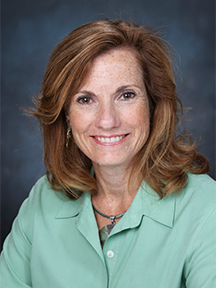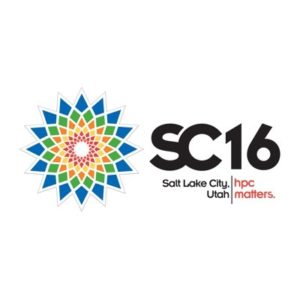
Trish Damkroger, Acting Associate Director for Computation at Lawrence Livermore National Laboratory (LLNL) and a senior member of the SC16 leadership team.
Men still outnumber women in STEM training and employment, and engineering leaders are working to bring awareness to that diversity gap and the opportunities it presents.
According to the U.S. Department of Commerce, only 29% of STEM jobs are held by women, although women comprise more than half of the national workforce. The gender disparity has narrowed only slightly over the past two decades, and applies especially to working engineers in all STEM fields.
In fact, according to the National Science Foundation’s Science & Engineering 2016 report:
- Only 15% of engineers in the workforce are female; only 8% of mechanical engineers, and only 11-12% of computer hardware engineers, and aerospace/aeronautical/astronautical engineers;
- Only 25% of computer and mathematical scientists are female; and
- Only 30% of physical scientists are female.
 This lack of diversity presents a unique opportunity for both organizations and women in the field.
This lack of diversity presents a unique opportunity for both organizations and women in the field.
Every organization benefits when its teams feature people with diverse and varied skill sets and sensibilities,” said John West, SC16 General Chair from the Texas Advanced Computing Center, and one of the main people behind SC16, the premier international conference for high performance computing, networking, storage and analysis. “Our members span across most major industries and professions, and as an organization we are leading by example in the gender diversity arena,” West said. As of this year, 64% of the SC16 organizational leadership team is made up of women.
“Engineers solve problems. To do that, we must look at what we study from a wide variety of vantage points. The wider the range of perspectives my teams can deliver, the better equipped they are to succeed,” said Trish Damkroger, Acting Associate Director for Computation at Lawrence Livermore National Laboratory (LLNL) and one of the members of the SC16 leadership team. Damkroger leads a 1,000-employee workforce enabling scientific discovery through large-scale computational analysis, visualization, and mathematical modeling. She also leads the SC16 Diversity team for 2016.
SC16 is making a practice of openly sharing our data on diversity in our profession, and calling upon all organizations to look at the diversity landscape and publish that data,” Damkroger said. “Of course, we are supporting programs that empower more girls to study and pursue STEM degrees and careers. Getting more girls through the educational and training pipeline is a great first step, but it’s just the beginning,” she said. “We need leaders who place a high priority on retention of diverse talent—managers who are flexible and creative enough to cultivate workplace environments that are welcoming to people who want lucrative, rewarding, stimulating science careers but also want to have meaningful and rewarding lives outside of science.”
“Within the Computation’s Directorate at LLNL, we have focused pipelines for both high performance computing and data science. This year we are starting Girls Who Code clubs with the local middle schools and high schools to lower the barrier of computing. Retaining employees is challenging in the Silicon Valley. We stress a family friendly work environment which is important to all employees. This includes flexible work schedules, work at home arrangements including out of state, and professional development opportunities,” Damkroger said.
Adaptive work environments are one way to cultivate diversity. But an emphasis on mentorship can go a long way, too, according to Jeanine Cook, another SC16 leader who has enjoyed a long, accomplished engineering career.
“We are seeing more women pursue undergraduate, graduate and doctoral degrees in STEM fields, but so far that marginally larger pool of diverse candidates has not always translated to more employed engineers long-term,” said Students@SC Chair Jeanine Cook from Sandia National Laboratories.
When my students seek advice for their career paths, I always recommend that they make a high priority of finding good mentors—people who will help them see the path forward around potential career obstacles and encourage them along the way,” Cook said. “I have benefited tremendously from some accomplished and generous mentors, and now pay that forward with my own relationships with young professionals who are just getting started.”
In particular, the Students@SC program has a number of components aimed at introducing a diverse group of more than 200 students to HPC by serving as volunteers to support the conference, a program for helping undergrads conduct HPC research, and a Mentor-Protégé Program to match students with professional staff attending SC16. Lastly, all students and post-docs attending SC16 are invited to attend a job fair, expected to feature nearly 50 industry and research organizations.
Registration is now open for SC16, which takes place Nov. 13-18 in Salt Lake City.



